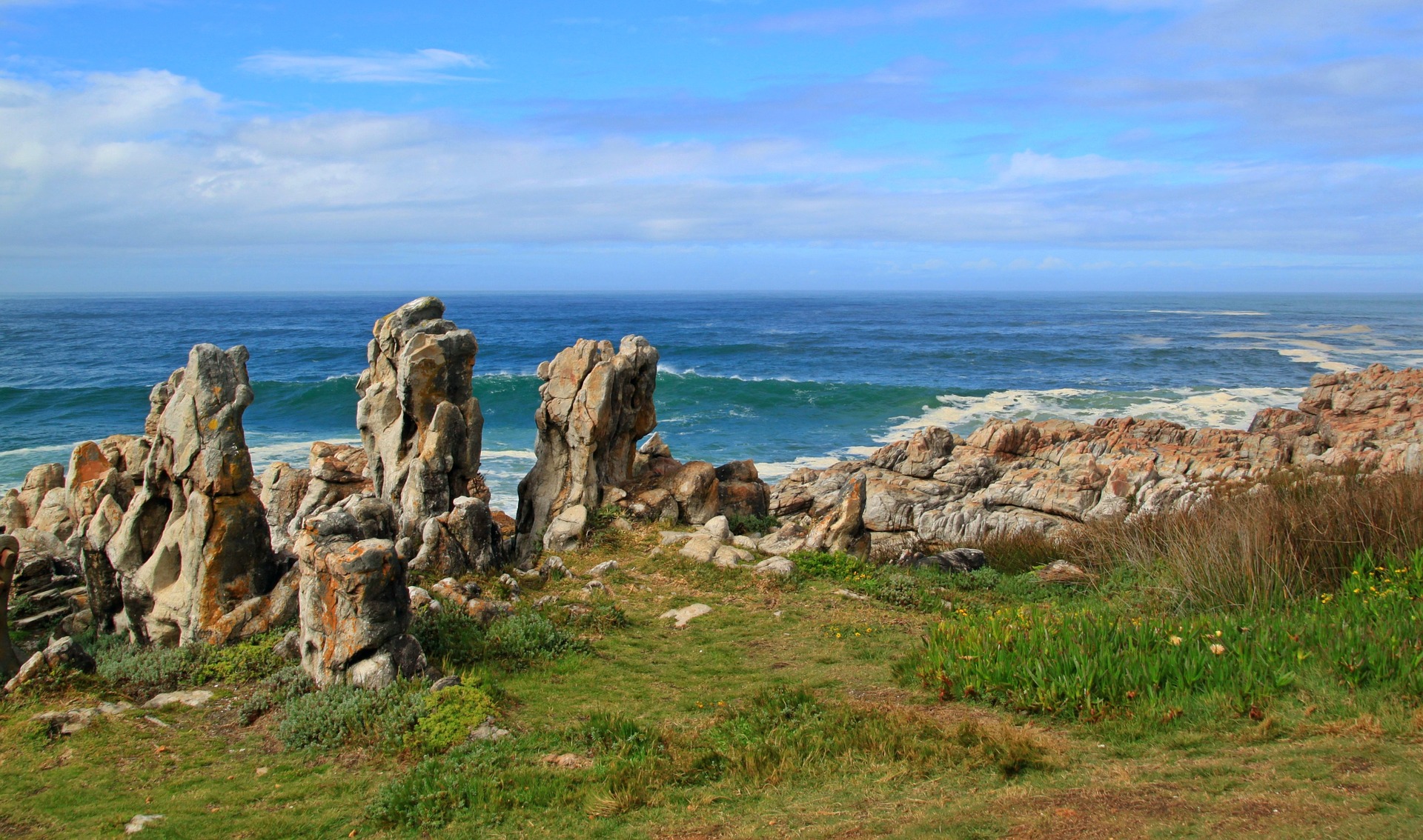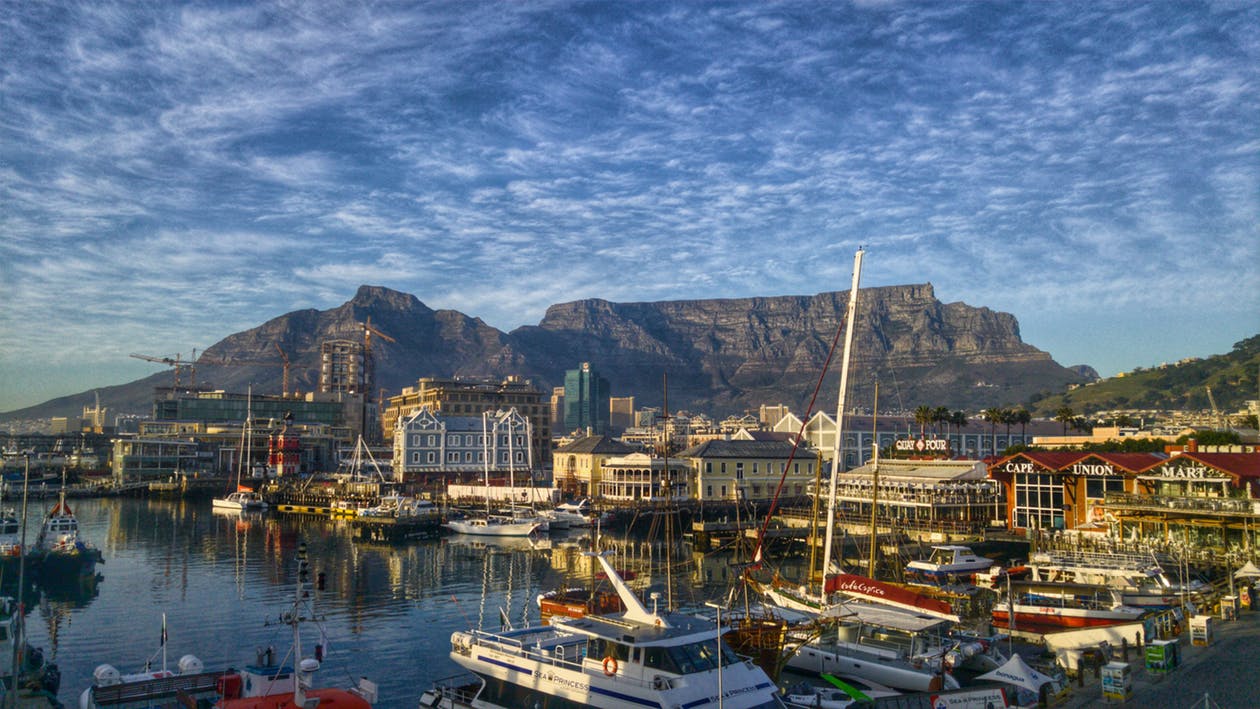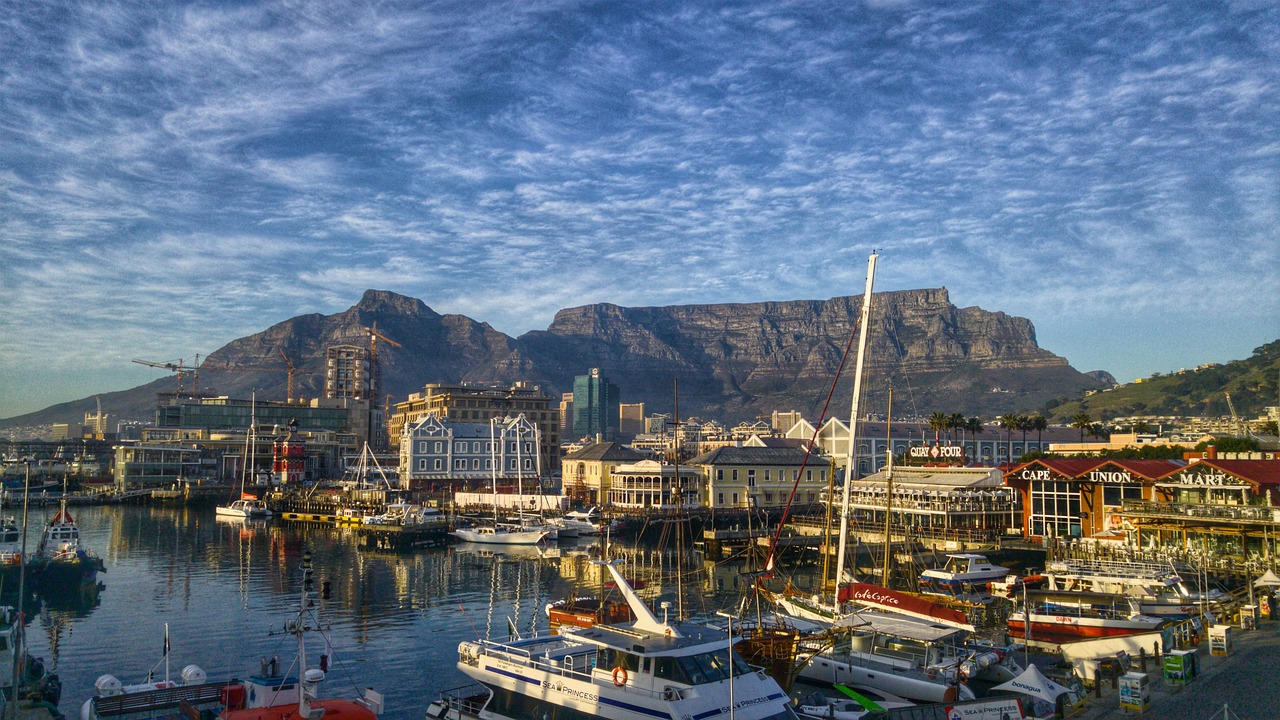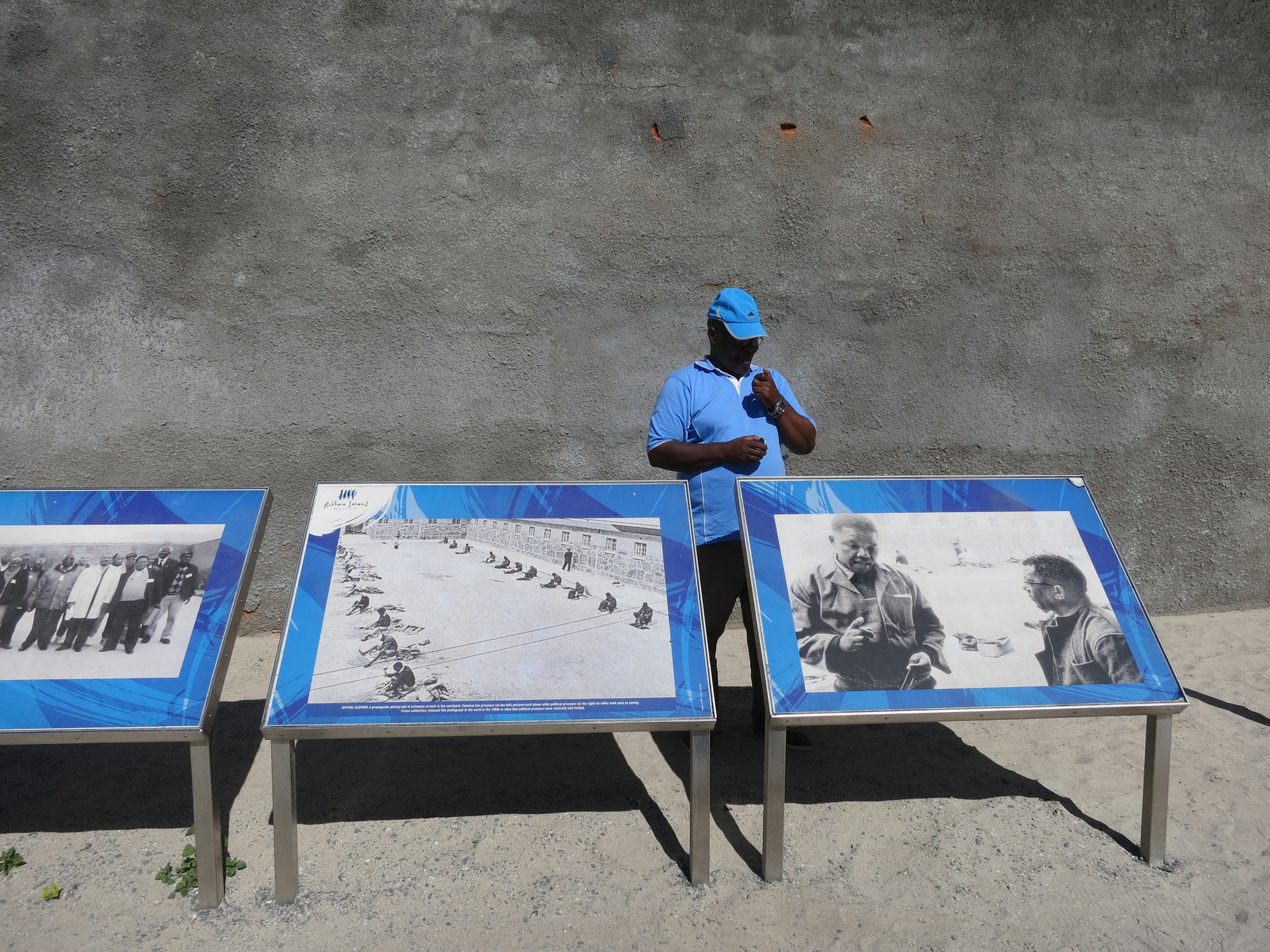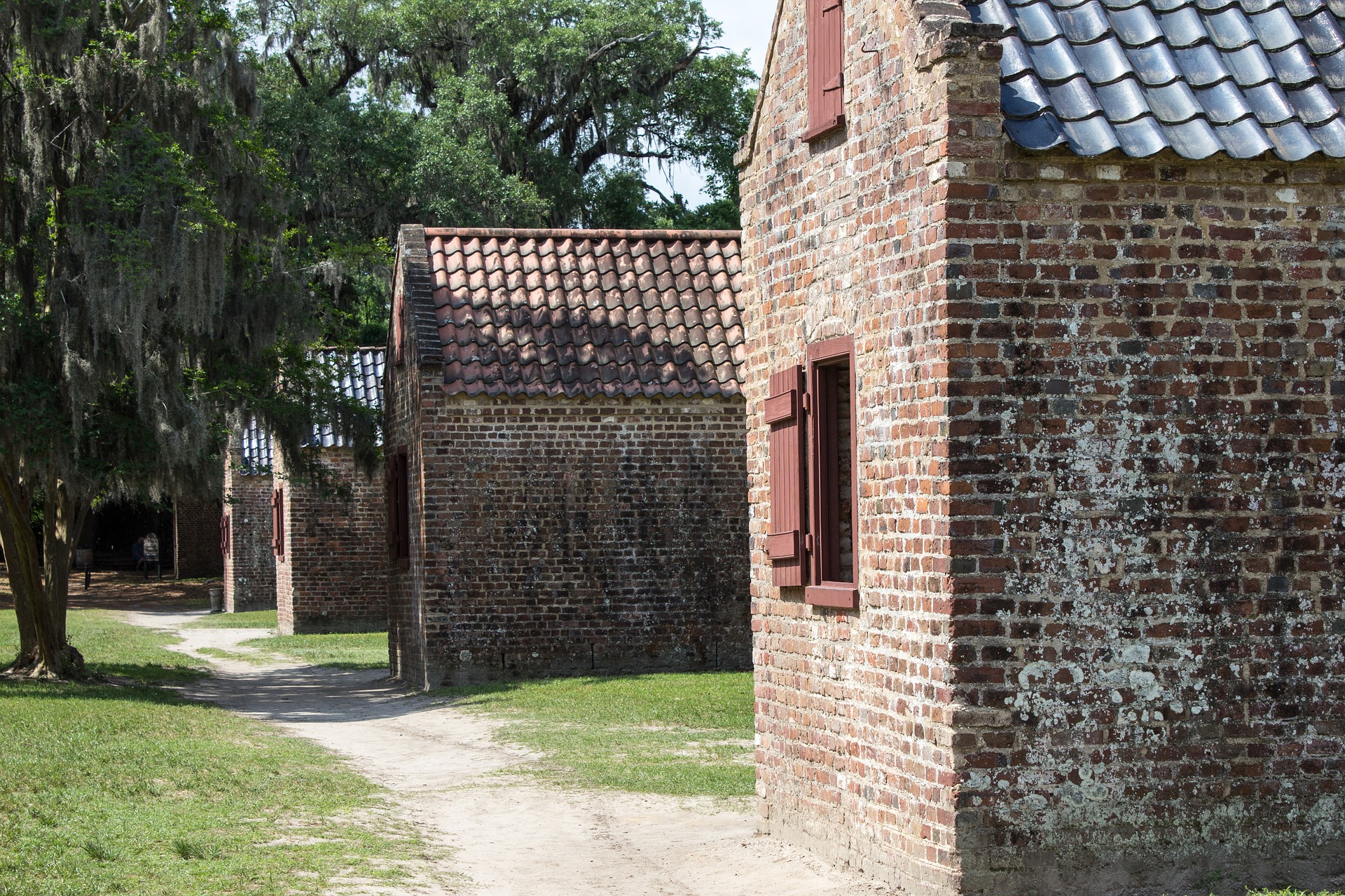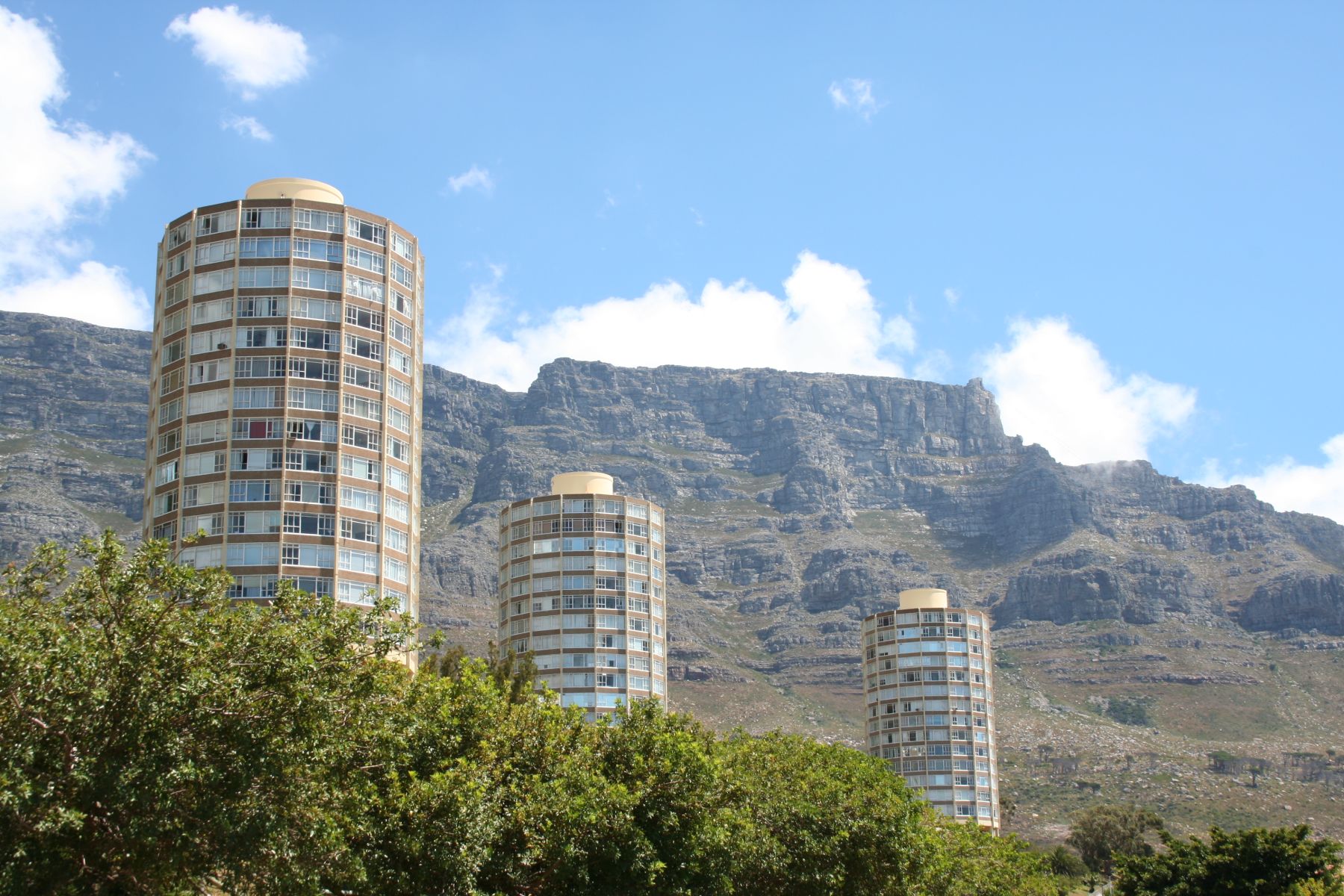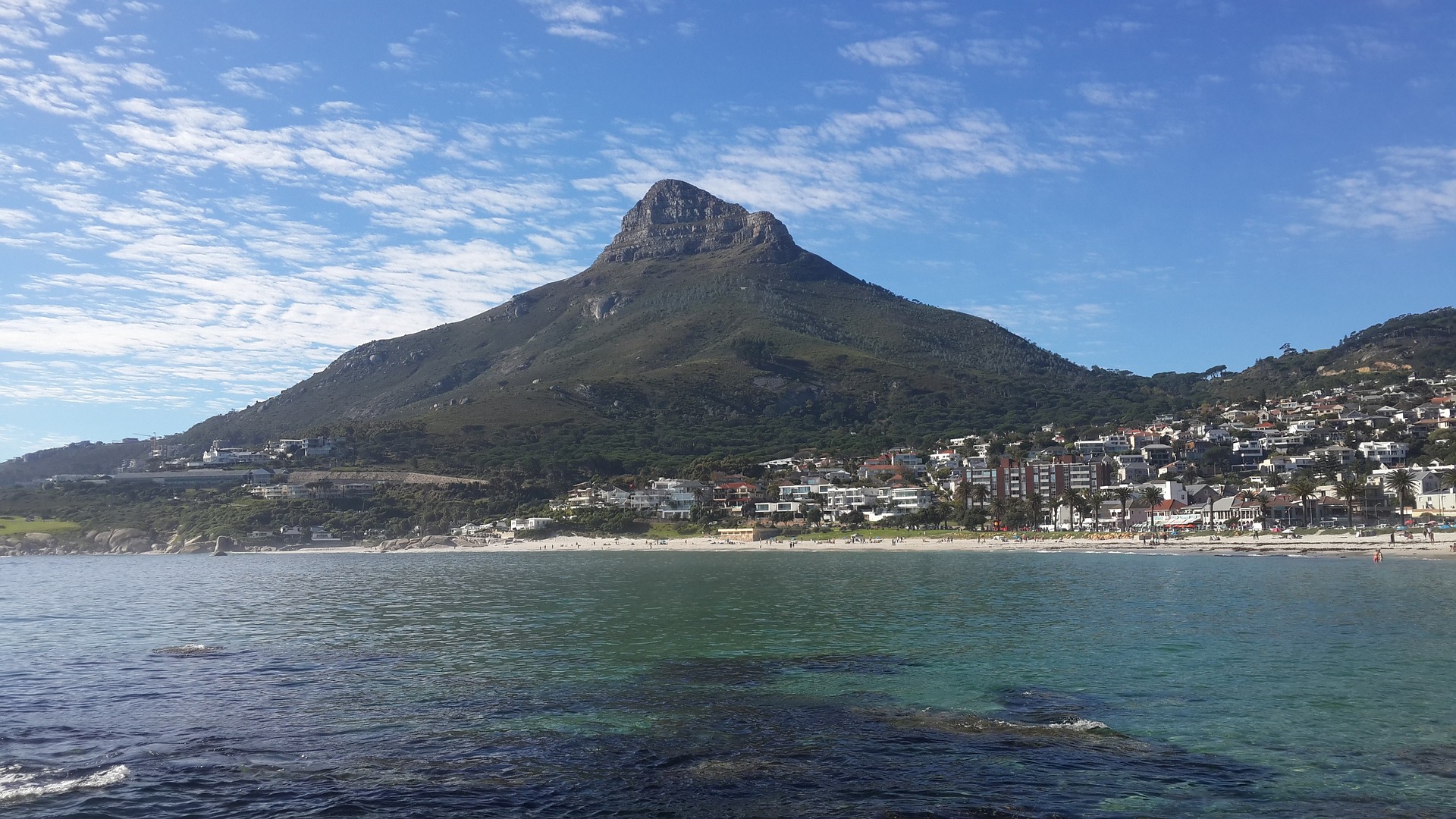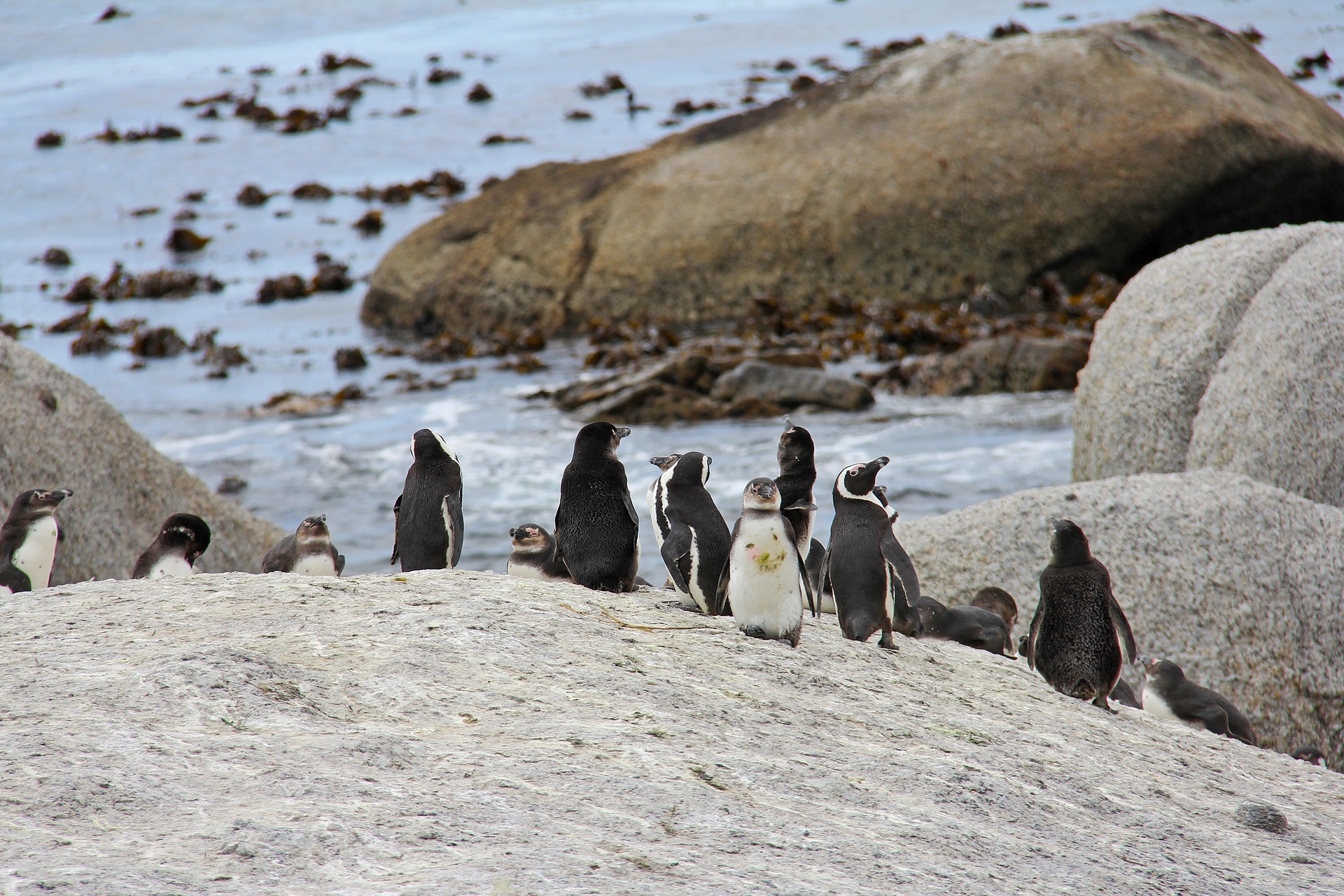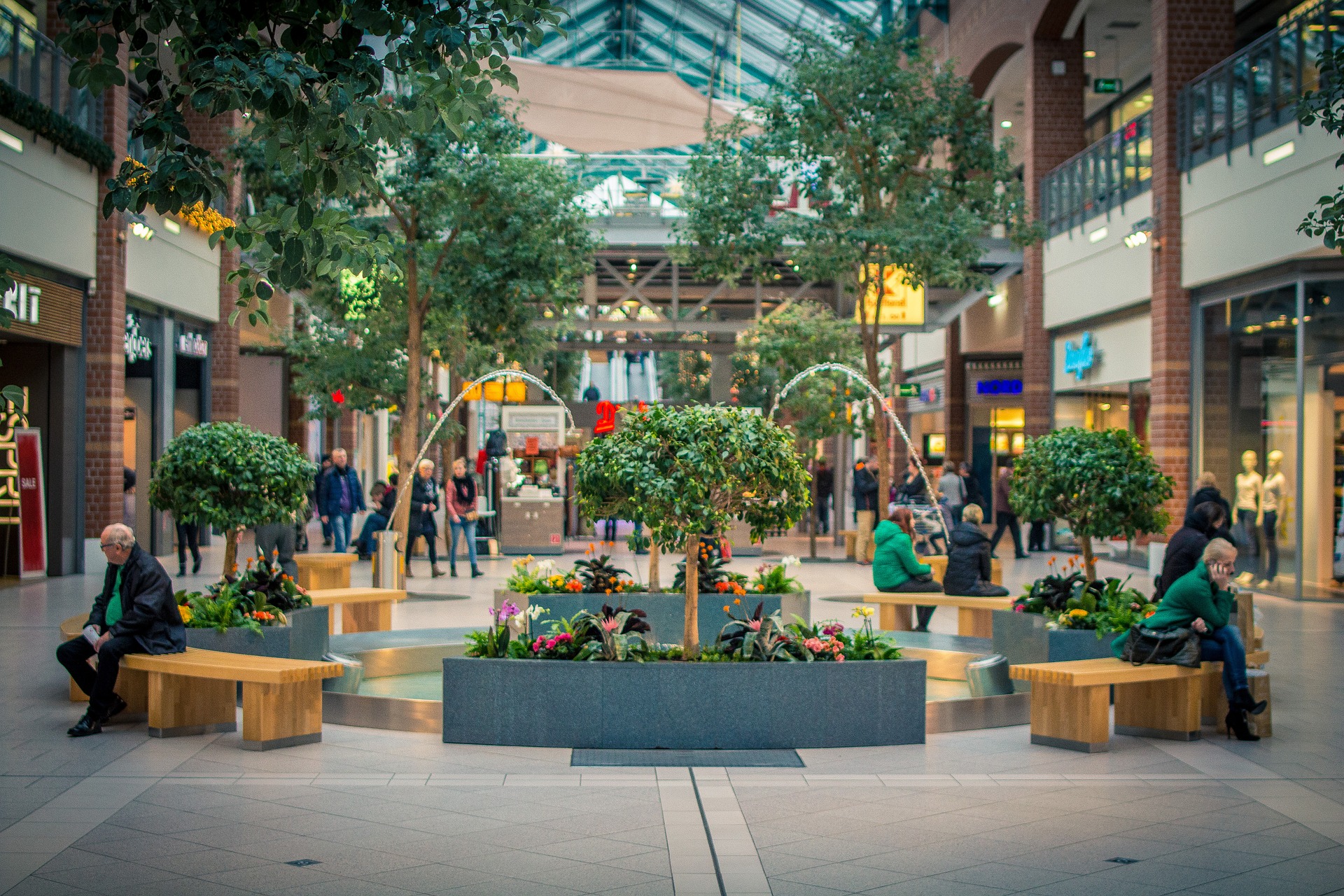Find out what is worth a visit in Cape Town during a city trip. Browse to the most attractive sights and see exactly they are located.
Kirstenbosch
A few kilometers from Cape Town get an idea of how the Garden of Eden must have been. More than 9,000 of the 22,000 South African plant species you found back in different themed gardens. So you can visit include a water garden, fragrance garden, medicinal garden. In the latter you will learn about medicinal plants used for centuries by the indigenous people.
In the greenhouses you will see again plants that can’t grow in the South African climate because they need dry desert air, cold mountain air or a highly humid atmosphere. Audience tractor is the medium-sized baobab or monkey bread tree, a tree, which is known for its extremely thick strain which sometimes can have up to 11 meters in diameter!
Wild almond hedges that are still planted by Jan van Riebeeck as he thus staked his empire in the 17th century. The garden is open daily and guided tours are given on demand.
Victoria & Alfred Waterfront
This port is one of the biggest tourist attractions of Cape Town and also the meeting place for the Cape residents. In the early morning is the fishermen sail out to catch fish in the Atlantic waters. Daytime the tourists walks on the streets or stroll through the streets, businessmen meet each other during meetings. In the Evening sail pleasure boats for a trip on the sea in the light of the setting sun. The harbor area is characterized by a Victorian-Gothic style, and there are hundreds of shops and several museums, cinemas and theaters. Also lots of restaurants and bars around giving his lively character. Waterfront has 364 visits at 365 days and end the evening at 21h.
Museum of the sixth district
Until 20th century lived in the Sixth District a mixed community of slaves, merchants, artists, workers and immigrants. It was a lively neighborhood with good contacts with the centre and the harbor of Cape Town. Since the 20th century peoples were driven away systematically. First the black population of South Africa, later in 1966 The neighborhood was declared strictly accessible for whites. All other skin colors were expelled, more than 60 000 people had to find another shelter because their homes with bulldozers had razed to the ground. The museum that is located in this district, will not clear the memory of this terrible happening. So you can see how the houses and streets of the ancient inhabitants looked. More generally, there are also exhibitions about how many people were displaced by the settlers Good to know is that the museum staff almost all people who were previously expelled.
Southern African National Gallery
The national museum of South-Africa housed an impressive collection African and international art. The collection arose from a private collection in 1872 by Sir Thomas Butterworth. Afterwards have a lot of well-off contributed to what is now a mix of Dutch, French and British works from the 17th to the 19th century. The permanent collection consists of both colonial and contemporary collections; some parts are replaced regularly to provide the fullest possible program. The lack of pre-colonial work is largely attributable to the different time separately.
Disa Parc
Disa Parc is one of the neighborhoods with the most remarkable architecture in Cape Town. When you arrived immediately jump to the three cylindrical towers in the eye. It is a work of construction company Murray & Roberts. They date from the 60s and counts 17 floors and the melodious names Blink Water, Flat Silver Cliff and Stream. You could almost forget that these are apartments, but with a beautiful view from Table Mountain, where she built partially standing.
Lions Head
The views of Cape Town is not only determined by the Table Mountain. Less known are the little brothers of them: Devil’s Peak and especially Lions Head which lies between Table Mountain and Signal Hill. The sharp top peaks at 669 meters above sea level in the natural fynbos vegetation, a large number of small animal species. The hike to the top of the mountain, which lasts about an hour, is particularly popular with full moon.
Boulders Beach
Boulders Beach is a beach with large granite blocks, which attracts many tourists because of its large population of black-footed penguins (African penguins) life. Those animals settled in 1982 on this beautiful beach. In 1982 there were two pairs of penguins, but at present the population is already more than 3000 birds. The beach is one of the few places where you can walk around quietly and admire the rare birds.
Green Market Square
Greenmarket Square is the center of the old city center of Cape Town. The Greenmarkt originated from a farmer in 1710 and is the most famous market in Cape Town. On the market in the square are all sorts of things, especially a lot of handicrafts and artifacts, offered for sale. Street entertainers are trying to entertain shoppers. Around the square are a lot of cafes and restaurants with terraces where you can watch the crowds.
Hermanus
Hermanus is a town about 100 kilometers from Cape Town. It is known worldwide because you can spot in the winter and spring whales. Between June and September there are thousands of nature lovers come to Hermanus. Most whales, southern right whales, one of the largest species.
Today, whales are a protected species, and may therefore not be hunted anymore. Museum of the Old Port you will get more information about the historical denis Hermanus and the whale.
The beaches in Hermanus are beautiful and very diverse. You’ll find small, secluded beaches, but also long sandy beaches. One of the most beautiful beaches is Grand Beach. The main beaches are monitored during the peak season, it is advisable to go swimming there.
